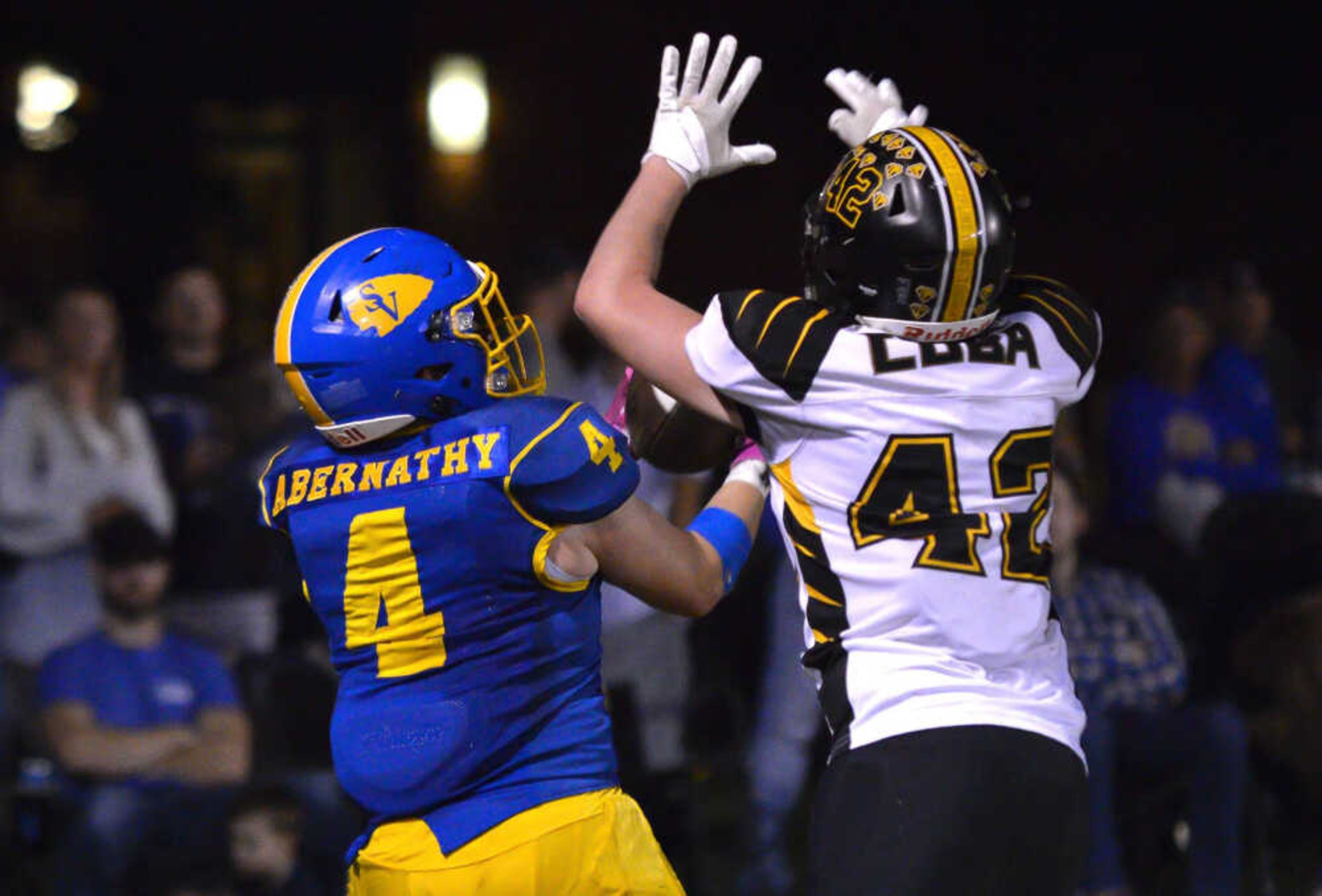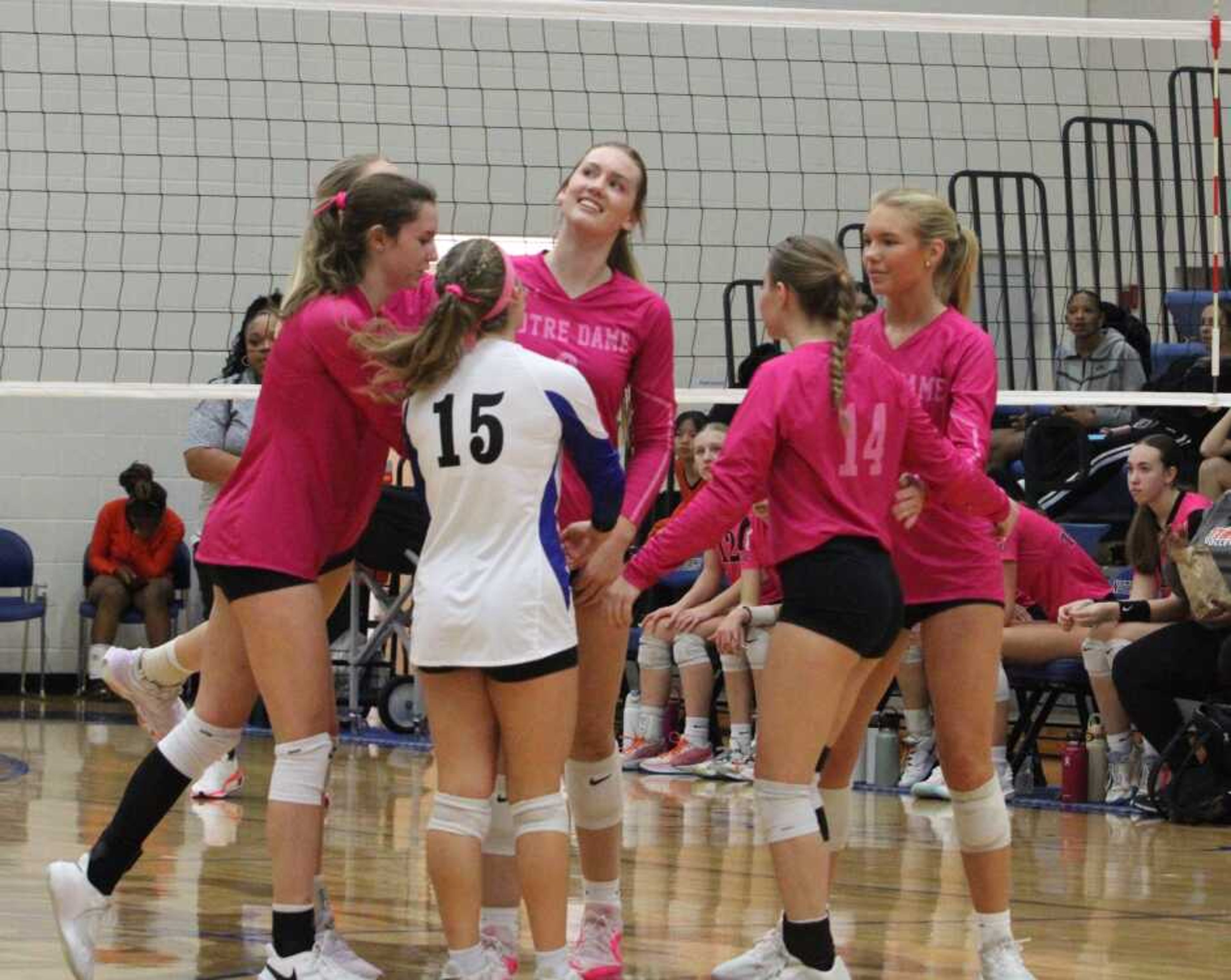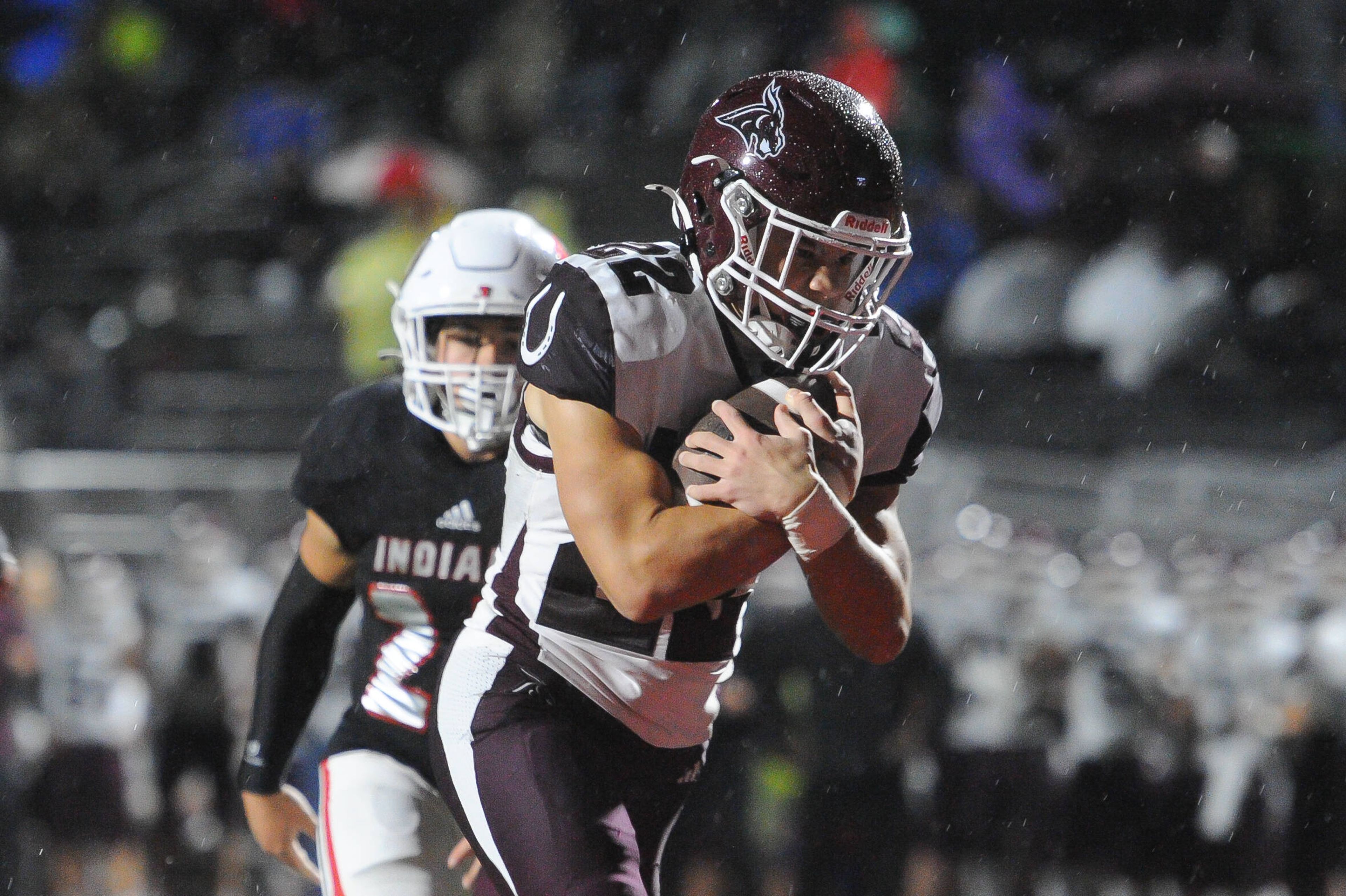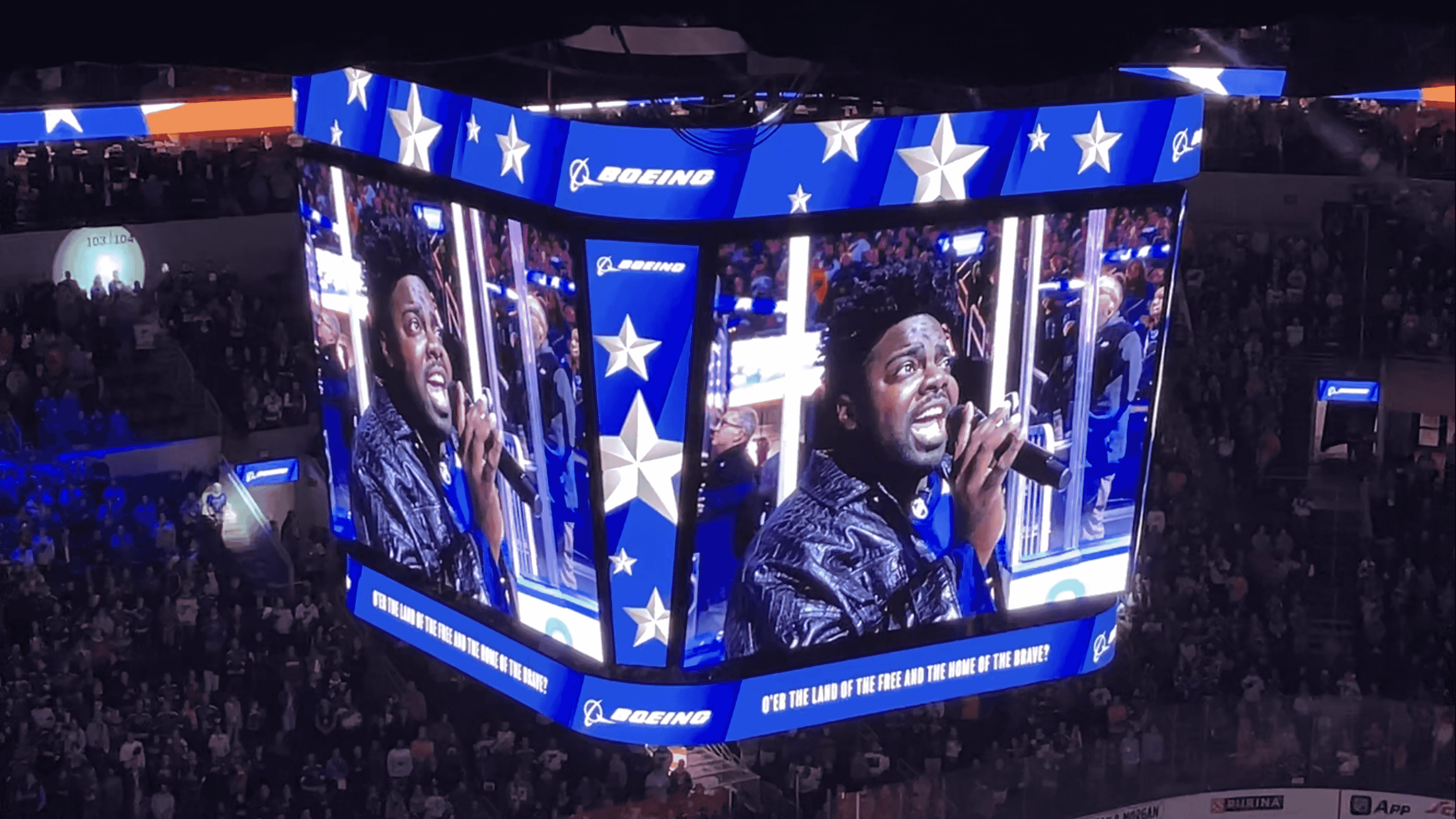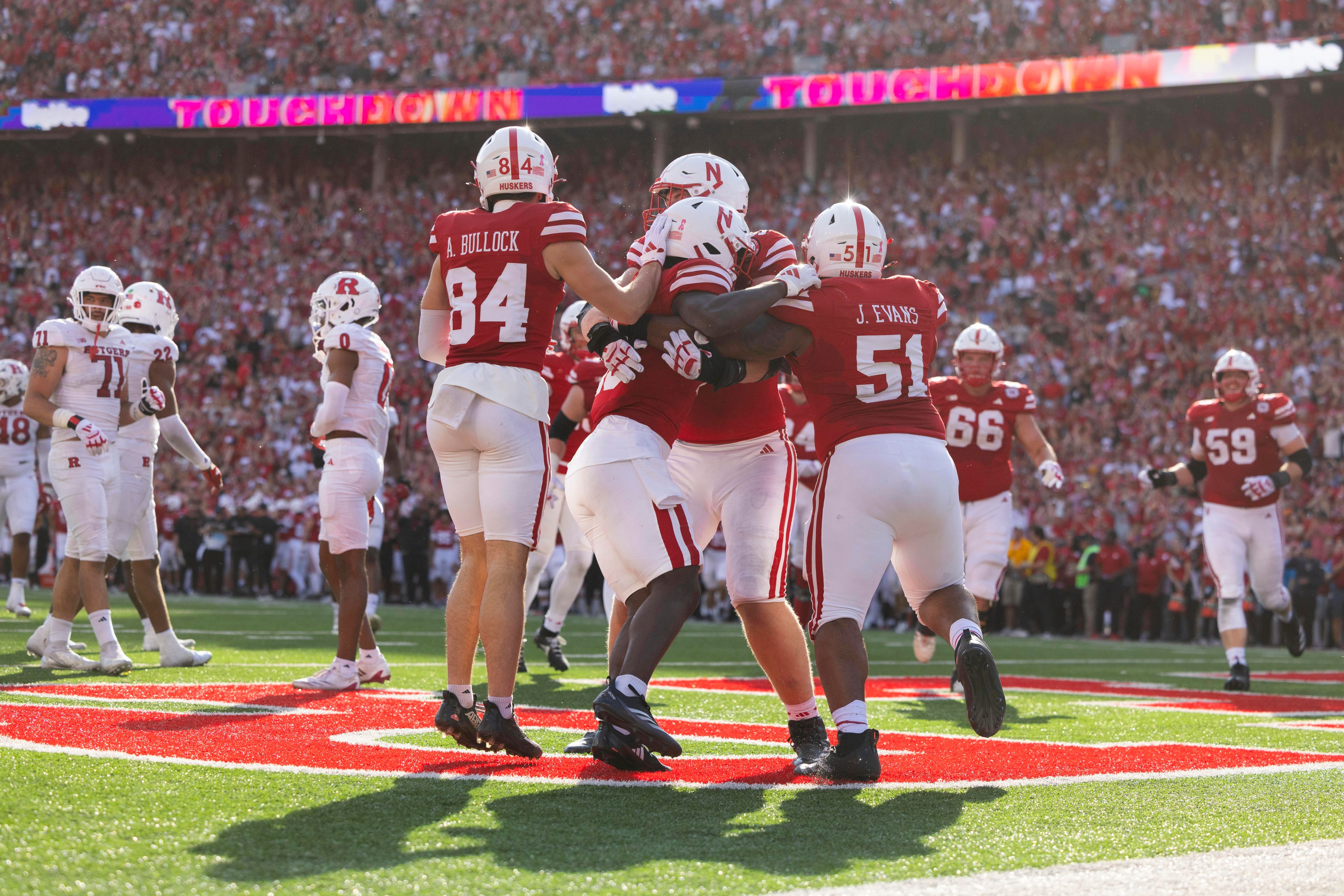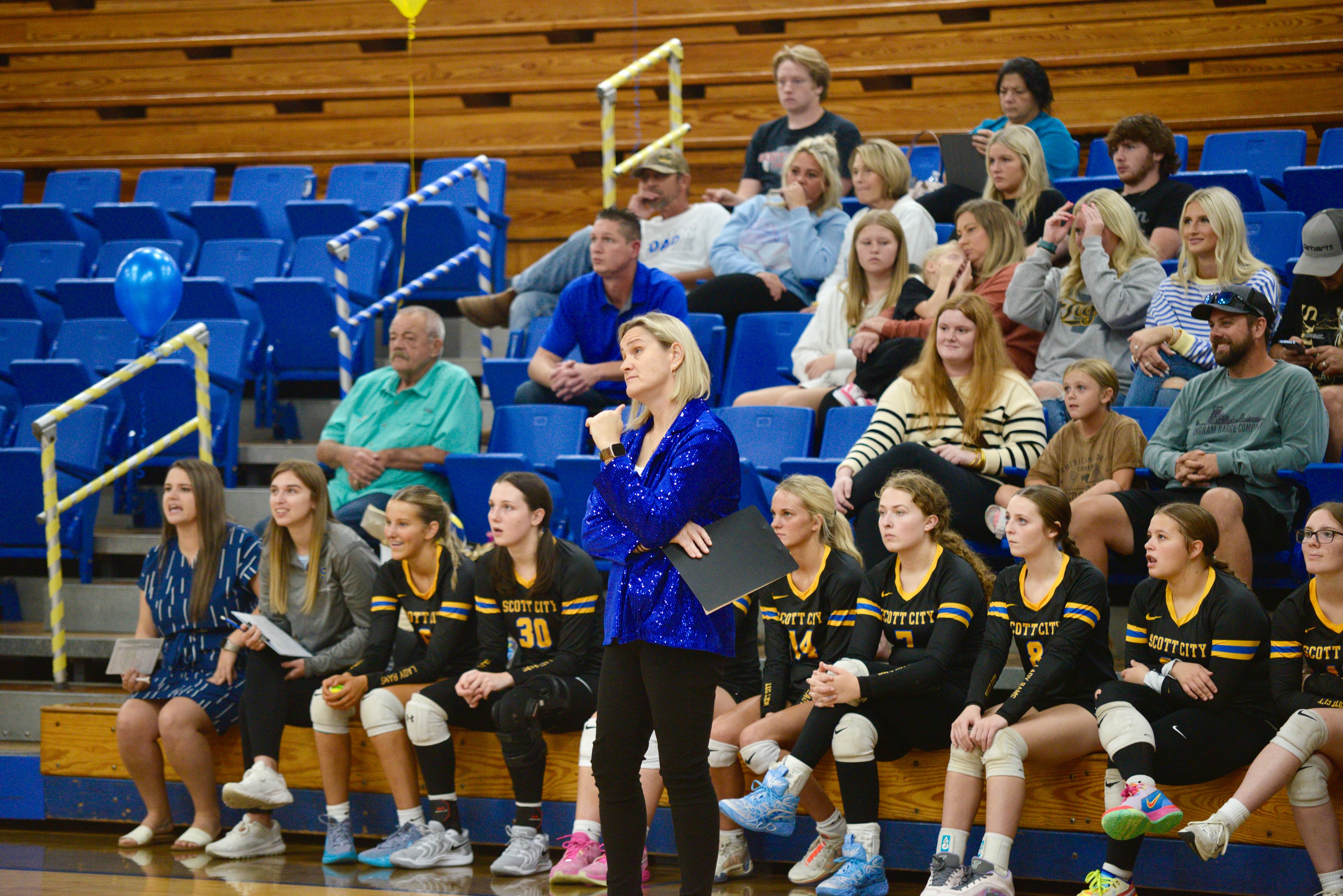EQUAL FOOTING: SOUTHEAST STRIVES TO GIVE FEMALE ATHLETES THEIR FAIR SHARE
Until being barely edged out by Tennessee Tech during the 2000-2001 school year, Southeast Missouri State University had won the Ohio Valley Conference Women's All-Sports Trophy an unprecedented six consecutive times. That's pretty heady stuff for an athletic program that has been on the NCAA Division I-AA level -- and a member of the OVC -- for only a decade...
Until being barely edged out by Tennessee Tech during the 2000-2001 school year, Southeast Missouri State University had won the Ohio Valley Conference Women's All-Sports Trophy an unprecedented six consecutive times.
That's pretty heady stuff for an athletic program that has been on the NCAA Division I-AA level -- and a member of the OVC -- for only a decade.
Southeast athletic director Don Kaverman is quick to point out that the majority of the credit for the school's dominance of overall OVC women's sports must go to the coaches who have been able to successfully recruit the type of student-athletes that can shine on this level.
While the coaches certainly deserve credit, there is also no doubt that the university has made a major commitment to women's sports as gender equity among collegiate athletic programs continues to draw plenty of attention across the country.
In 1994, the Board of Regents approved a plan designed to seriously close the funding and participation gap between men's and women's athletics at Southeast.
The plan -- which was the first of its kind for an OVC institution -- ultimately called for a 55-45 percent division of resources for coaches, scholarships, operations expenses and participation by the year 2001, with men's programs receiving the larger share.
"We had originally talked about a 50-50 split, which sounded like a good idea at the time," said Dr. Christina Frazier, a Southeast biology professor who has worked with all of the school's gender equity committees since 1994 and serves as chair of the current one. "But as we examined it more and did the math, we decided to target 55-45."
Just short of the goal
So, how has Southeast done in accomplishing its goal of closing the gender equity gap to 55-45? Figures show that the university has fallen a bit short, although it is still the front-runner among OVC schools as it offers more women's scholarships than any of the other eight conference institutions.
But Kaverman and Frazier are quick to point out that they are extremely happy with the way things are going with gender equity at Southeast and that the university continues to strive for a 55-45 split in the near future.
"I'm very comfortable with where we're at and I'm pretty proud of what we've done," said Frazier. "The main thing is to offer the sports that students in our service area are interested in. That's why we added women's soccer."
The women's soccer program, added since the 55-45 goal was established, is about to begin its third season of play.
"Our surveys have shown that right now we have the sports that the students in our service area are interested in competing in," said Frazier. "We'll do another survey this fall. If there is interest for other sports, then we'll look into that. We're always looking into the possibility of adding sports, but the key is meeting interest."
Southeast actually has more women's than men's sports. The nine women's sports are basketball, softball, volleyball, soccer, gymnastics, tennis, cross country, indoor track and outdoor track. The seven men's sports are football, basketball, baseball, golf, cross country, indoor track and outdoor track.
The primary reason there are more participants in men's sports than women's sports at Southeast -- last school year's figures showed 173 to 124, or 58 percent to 42 percent --is because football necessitates such a large roster.
"Football skews the total number, but you don't serve anybody right by decimating men's programs," Frazier said. "We could have more numbers for women, but that would be just cramming bodies. To add numbers to various teams, like 20 for volleyball, wouldn't serve any purpose."
Figures in 1995 showed 62.3 to 37.7 percent participation in favor of men's sports, so Southeast has closed the gap in that area.
Scholarship figures for last school year show the men's program with $918.001 (58.3 percent) and the women's program with $657,628 (41.7 percent). Again, much of that discrepancy is due to the football program. The percentages of scholarships from 1995 were 65 to 35.
As for the operations budget, which takes into account financial aspects of a program, the figures are $365,098 (56.9 percent) to $276,620 (43.1 percent), which is a fairly significant improvement from the 64.5 percent to 35.5 percent division that existed in 1995.
Finally, the coaching staffs have a 55-45 split, with 14.40 men's head and assistant coaches and 11.72 women's head and assistant coaches (the decimal figures take into account graduate assistants). In 1995, the coaching staff figures were 65.7 percent to 34.3 percent.
"We haven't quite been able to get to 55-45 across the board yet, but it's not like we're at 65-35 or anything. We're knocking at the door, but it hasn't come easy," said Kaverman. "The main reason we're not there yet is because our revenues haven't grown quick enough for us to get there."
While the goal has yet to be achieved, Southeast has excelled in complying with the One-Percent Rule, which requires schools to offer a percentage of dollars equivalent to the percentage of female athletes participating within 1 percent. In terms of compliance, Southeast ranked fourth nationally in 2000 with a plus-.79 percent.
Kaverman said that, based on last year's budget, it would take the athletic department an additional $140,000 annually to get to the 55-45 split. The university is committed to not cutting out anything related to men's sports, so that extra money is difficult to come by.
"In order to get there, we have to increase our revenue, raise more funds, sell more tickets," he said. "We're committed to responding to equity concerns by generating new revenues and not cutting from the men."
Kaverman, who is in his third year as Southeast's athletic director, said he knew when he took the job that the university was serious about responding to gender equity concerns.
"When I came here I could see Southeast was way ahead of the curve," he said. "I think we're the only school in the conference that civil rights hasn't met with."
Kaverman said the reasons Southeast wants to continue moving forward in the area of gender equity are simple.
"Not only is it the law, it's the right thing to do," he said. "I have a 10-year-old daughter and if she wants to compete in intercollegiate athletics, I want her to be treated as fairly as any male athlete."
Connect with the Southeast Missourian Newsroom:
For corrections to this story or other insights for the editor, click here. To submit a letter to the editor, click here. To learn about the Southeast Missourian’s AI Policy, click here.

